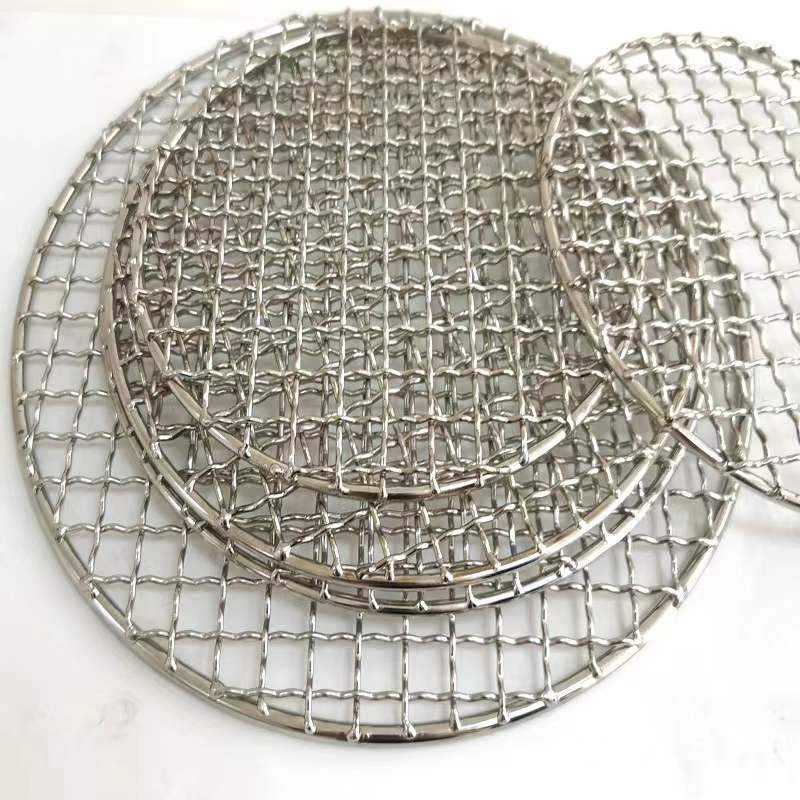Industrial Sound Barriers An Overview
In our rapidly industrializing world, noise pollution has become a significant concern, particularly in densely populated areas near industrial zones. The incessant hum of machinery, engines, and various industrial processes can severely affect the quality of life for nearby residents and wildlife, leading to health issues, decreased property values, and even diminished productivity in workplaces. To combat these challenges, industrial sound barriers have emerged as an essential solution.
What Are Industrial Sound Barriers?
Industrial sound barriers, often referred to as noise barriers or acoustic barriers, are structures designed to absorb, deflect, or block sound waves emanating from industrial operations. These barriers can be constructed from various materials, including concrete, wood, metal, and specialized acoustic products, each selected based on the specific noise challenges they aim to address.
The primary function of these barriers is to create a sound barrier between the source of noise and sensitive receptors, such as residential areas, schools, or natural habitats. In doing so, they help to reduce the amount of noise that permeates into these areas, thus mitigating the adverse impacts of industrial activities.
Types of Industrial Sound Barriers
1. Permanent Barriers These are fixed structures typically built using heavy materials like concrete or masonry. They are designed for long-term use and can effectively reduce noise pollution from sturdy sources, such as factories or highways. High-performance sound barriers are engineered to meet specific acoustic criteria, often incorporating absorptive materials on the surface to enhance soundproofing.
2. Temporary Barriers Temporary sound barriers are often used at construction sites or during specific short-term industrial projects. Made from lightweight materials, such as acoustic panels or insulated curtains, they are easy to install and remove, providing a flexible solution for noise control.
3. Natural Barriers Utilizing natural topography, such as hills or vegetation, can also serve as an effective noise-reducing measure. Planting dense trees and shrubs around industrial areas helps absorb sound and provides the added benefit of enhancing the environment aesthetically.
Benefits of Industrial Sound Barriers
Implementing industrial sound barriers offers numerous advantages
industrial sound barriers

- Enhanced Quality of Life By reducing noise pollution, sound barriers significantly improve the living conditions of nearby residents. Lower noise levels contribute to better mental health, improved sleep quality, and increased overall well-being.
- Increased Property Values Areas less affected by noise pollution tend to sustain higher property values. Industrial sound barriers can thus protect local real estate investments by mitigating one of the most common drawbacks of proximity to industrial zones.
- Environmental Preservation Sound barriers can help protect wildlife and sensitive ecosystems from the disruptive effects of industrial noise. By shielding these areas, barriers promote biodiversity and help maintain the natural balance.
- Regulatory Compliance Many jurisdictions enforce noise ordinances that require industries to limit their noise emissions. Implementing sound barriers can be an effective way for companies to comply with these regulations and avoid potential fines or sanctions.
Challenges in Implementing Sound Barriers
While the benefits of industrial sound barriers are substantial, several challenges can arise during their implementation
- Cost The construction and maintenance of sound barriers can carry a significant upfront investment. Companies must weigh these costs against the potential benefits and savings achieved through reduced regulatory fines and improved community relations.
- Aesthetic Concerns Some communities may oppose sound barriers due to concerns about their appearance. Designing attractive barriers that harmonize with local aesthetics can help alleviate such concerns.
- Effectiveness The efficacy of sound barriers depends on various factors, including height, distance from noise sources, and the materials used. Conducting thorough acoustic assessments before construction is crucial to ensure optimal performance.
Conclusion
Industrial sound barriers play a critical role in managing noise pollution in areas affected by industrial activities. As urban areas continue to grow and the demand for industrial output rises, the importance of effective noise control measures will only increase. By properly designing and implementing sound barriers, industries can not only comply with regulations but also foster positive relationships with surrounding communities, contributing to a healthier environment for all. Investing in sound barriers is not merely a regulatory obligation; it is a step towards sustainable industrial practices that respect both human and ecological well-being.
-
Why Galvanized Trench Cover Steel Grating Resists Corrosion
NewsJul.10,2025
-
The Versatility and Strength of Stainless Expanded Metal Mesh
NewsJul.10,2025
-
Load Calculations in Steel Grating Platforms
NewsJul.10,2025
-
Keeping Pets and Kids Safe with Chicken Wire Deck Railing
NewsJul.10,2025
-
Hole Diameter and Pitch for Round Perforated Metal Sheets
NewsJul.10,2025
-
Aluminium Diamond Mesh in Modern Architecture
NewsJul.10,2025
Subscribe now!
Stay up to date with the latest on Fry Steeland industry news.

